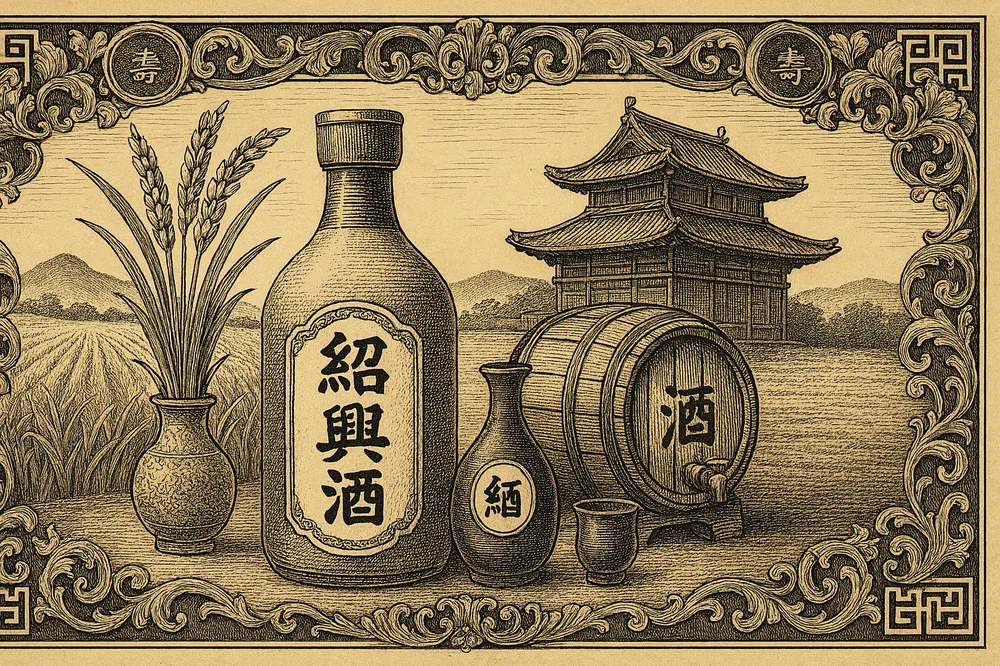
Shaoxing wine (绍兴酒, shàoxīngjiǔ) is a traditional Chinese rice wine originating from Shaoxing, a city in Zhejiang province, eastern China. As a prominent variety of huangjiu (“yellow wine“), it is produced through the fermentation of glutinous rice, water, and wheat-based yeast. Renowned for its amber hue and complex flavor profile,it serves both as a beverage and a fundamental ingredient in Chinese cuisine.
Historical Background
The production of rice wine in China dates back over 2,500 years, with Shaoxing wine’s origins traced to the Spring and Autumn period (770\u2013476 BCE). During the Ming Dynasty (1368\u20131644), the wine-brewing industry in Shaoxing experienced significant growth, leading to widespread commercialization. By the early Qing Dynasty , it was distributed throughout China, with many breweries established during this era still in operation today.
Production Process
Shaoxing wine is traditionally brewed in the 10th lunar month (October\u2013November), capitalizing on optimal weather conditions for fermentation. The process involves:
- Ingredients: Glutinous rice, water, and wheat-based yeast.
- Fermentation: A unique “low temperature slow fermentation” method is employed, where rice mash is manually stirred every four hours to ensure even sugar breakdown.
- Aging: Post-fermentation, the wine is sealed in clay jars and aged, sometimes for decades, allowing it to mellow and develop depth.
Characteristics
Shaoxing wine exhibits a deep amber color and a flavor profile that is slightly sweet, nutty, and umami-rich. Tasting notes often include hints of walnut, almond, plum, and apricot, with a finish reminiscent of mushroom broth or soy sauce.
Classification
Shaoxing wines are categorized based on sugar content and alcohol by volume (ABV):
| Type | Sugar Content (g/L) | ABV (%) | Description |
|---|---|---|---|
| Yuanhong Jiu | <5 | >14.5 | Dry wine |
| Jiafan Jiu | 5–30 | >16.0 | Semi-dry wine |
| Huadiao Jiu | 30–100 | >15.0 | Sweet wine (moelleux) |
| Xiangxue Jiu | ~200 | >13.0 | Sweet wine (doux) |
Culinary Applications
Shaoxing wine is integral to Chinese cooking, particularly in:
- Marinades: Tenderizing meats and mitigating strong odors in seafood.
- Stir-fries and Braises: Enhancing depth and complexity in dishes like red-braised pork and drunken chicken.
- Soups and Stews: Adding umami richness to broths.
It is also traditionally consumed as a beverage, either warmed or at room temperature, and plays a role in ceremonial practices such as the 女儿红 (Nǚ Ér Hóng) tradition, where wine is brewed at a daughter’s birth and consumed at her wedding.
Substitutes
When Shaoxing wine is unavailable, several alternatives can be considered. For more detailed substitution guidance, visit: Shaoxing Wine Replacement: The Best Substitutes and How to Use Them
Curious about more wine terms and insights? Visit our Wine Wiki section and explore the basic wine terms for expert definitions and tips!